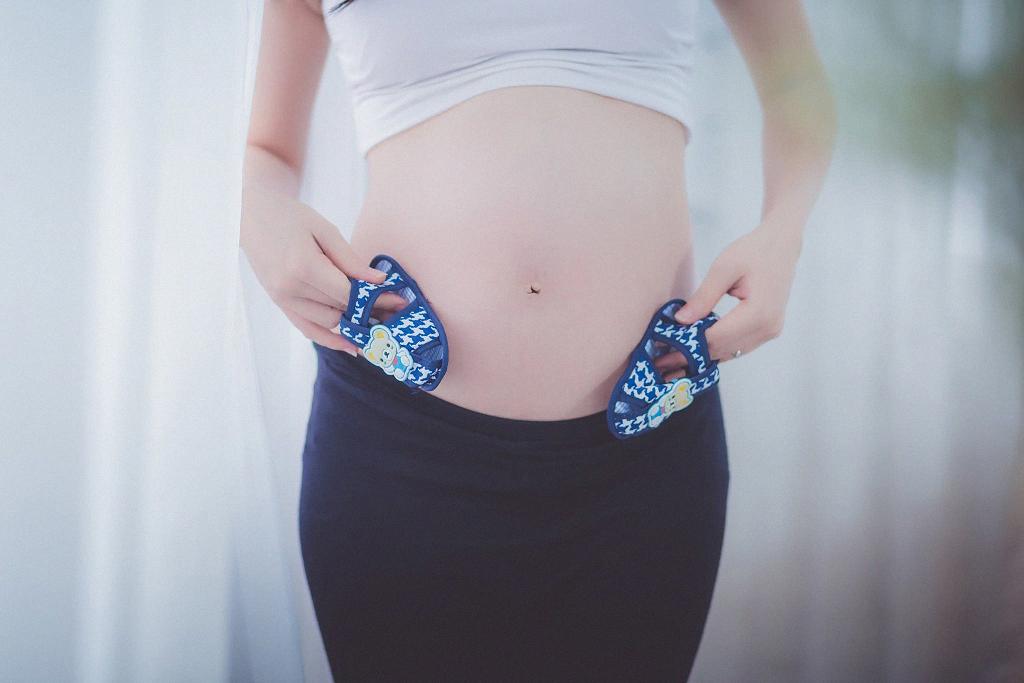Swelling, also known as edema, is a common occurrence during pregnancy. The body produces approximately 50% more blood and body fluids to meet the needs of the developing baby. This excess fluid can cause swelling in various parts of the body, with the hands and feet being particularly prone to retaining fluid.
Causes of Swelling During Pregnancy
Several factors contribute to swelling during pregnancy, including hormonal changes, increased blood volume, pressure on the blood vessels from the growing uterus, and the body’s natural retention of more water and sodium. Additionally, standing or sitting for long periods, a diet high in sodium, and high outdoor temperatures can exacerbate swelling.
Recognizing Abnormal Swelling
While some swelling during pregnancy is normal, sudden or severe swelling should not be ignored. It could be a sign of preeclampsia, a serious condition characterized by high blood pressure and protein in the urine. If you experience sudden swelling in your face, hands, or feet, along with other symptoms such as headache, nausea, vision changes, or upper abdominal pain, seek medical attention immediately.
Tips to Reduce Swelling
1. Stay hydrated: Drinking plenty of water helps flush out excess sodium and fluids from your body.
2. Elevate your legs: Elevating your legs above heart level several times a day can help improve circulation and reduce swelling.
3. Avoid standing or sitting for long periods: Take breaks to move around and avoid crossing your legs, which can restrict blood flow.
4. Wear comfortable shoes: Opt for supportive, comfy footwear to prevent additional swelling in your feet.
5. Reduce salt intake: Limiting your sodium intake can help prevent water retention and reduce swelling.
When to Consult Your Healthcare Provider
If you are concerned about swelling or notice sudden or severe swelling, it is essential to discuss your symptoms with your healthcare provider. They can rule out any underlying conditions such as preeclampsia and provide personalized recommendations to manage your swelling effectively.
Staying Active
Engaging in regular, low-impact exercise such as walking or swimming can help improve circulation and reduce swelling. Be sure to consult your healthcare provider before starting any new exercise routine during pregnancy.
Healthy Diet Choices
Eating a balanced diet rich in fruits, vegetables, whole grains, and lean proteins can help maintain a healthy fluid balance in your body. Avoid processed foods high in sodium and opt for natural, nutritious alternatives.
Benefits of Compression Socks
Compression socks are designed to improve circulation and reduce swelling in the legs and feet. Consider wearing compression socks during the day to alleviate discomfort and prevent excessive swelling.
Relaxation Techniques
Practicing relaxation techniques such as prenatal yoga, meditation, or gentle massage can help reduce stress and promote circulation, potentially reducing swelling in your hands and feet.
Monitoring Your Symptoms
Keep track of your swelling patterns and any associated symptoms. If you notice any concerning changes or if your swelling becomes severe or sudden, contact your healthcare provider for further evaluation and guidance.
Conclusion
Swelling in the hands and feet during pregnancy is common but can be managed with a combination of lifestyle adjustments, proper hydration, and medical guidance. By staying proactive and attentive to your body’s changes, you can navigate through this period with confidence and care for both yourself and your growing baby.

